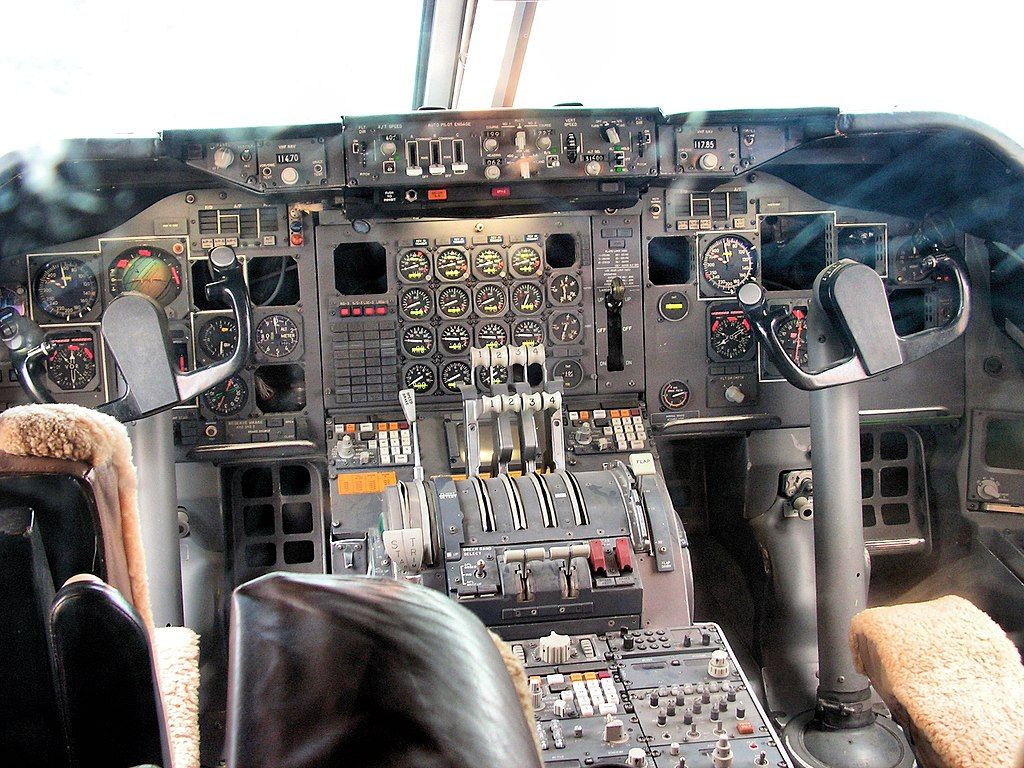How do birds navigate with no map, compass or SatNav?

By Geoff Chapman
For centuries, sailors navigated by the sun and stars. Later there were maps and compasses. The compass needle is attracted by the earth’s magnetic field and points towards the North Pole.
These days, many people use their SatNav or GPS signals on their phone.
But birds have none of these aids and many migrate vast distances, often crossing wide oceans; moreover, they survive long periods without rest or food.
If they’d had to acquire their navigation skills by chance, they would have drowned in the ocean!
If they’d had to acquire their navigation skills by chance, they would have drowned in the ocean! Secular scientists admit that migration is a mystery, yet they believe it evolved.
But surely it needed to work from the beginning? These skills are programmed in the DNA, and passed from one generation to another.
Information never originates by accident, but always comes from an intelligent source. Millions of years of chance mutations and natural selection could never have done this.
These skills are programmed in the DNA, and passed from one generation to another
There is no natural explanation. We believe that God created these birds with the instincts they would need.
When the people of Judah rebelled against God 2,600 years ago, he sent a message through the prophet Jeremiah: “Even the stork in the sky knows her appointed seasons, and the dove, the swift and the thrush observe the time of their migration. But my people do not know the requirements of the Lord” (Jeremiah 8:7).
We, however, can choose to live God’s way, and accept his Son, Jesus, who said: “I am the way, the truth, and the life” (John 14:6).
Geoff Chapman is the Director of Creation Resources Trust
Long-haul travellers: these birds cover 1,000s of miles






